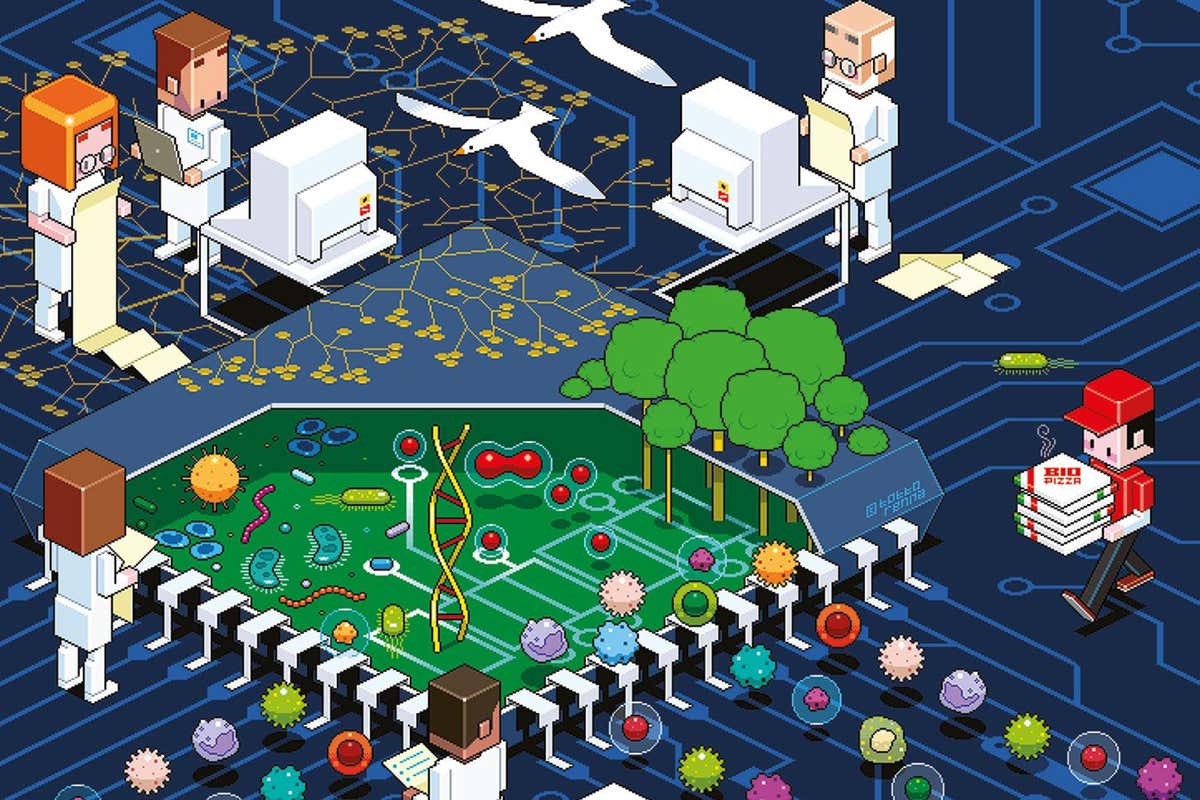
Supertotto
WHAT’S the difference between a thimbleful of bacteria and a supercomputer? Believe it or not, the bacteria contain more circuits and more processing power.
That is perhaps not so surprising when you consider that all life computes: from individual cells responding to chemical signals to complex organisms navigating their environment, information processing is central to living systems. What’s more intriguing, however, is that after decades of trying we are finally starting to corral cells, molecules and even whole organisms to carry out computational tasks for our own ends.
That isn’t to say biological computers will replace the microchips you find in your smartphone or laptop, never mind supercomputers. But as bioengineers get to grips with the wet and squishy components nature provides, they are beginning to figure out where biological computers might ultimately be useful – from smart materials and logistics solutions to intelligent machines powered by tiny amounts of energy.
If the applications seem unusual and eclectic, that is the point. “Biocomputing is not competing against conventional computers,” says Angel Goñi-Moreno at the Technical University of Madrid in Spain. “It’s a radically different point of view that could help us tackle problems in domains that were simply not reachable before.” It might even force us to rethink our assumptions about what computing is, and what it can do for us.
For decades, computing has been dominated by silicon chips. These are made up of billions of tiny switches called transistors that encode data in bits, or binary digits. If a switch is open and electrical current is allowed to flow, this represents a 1. If it is closed …





